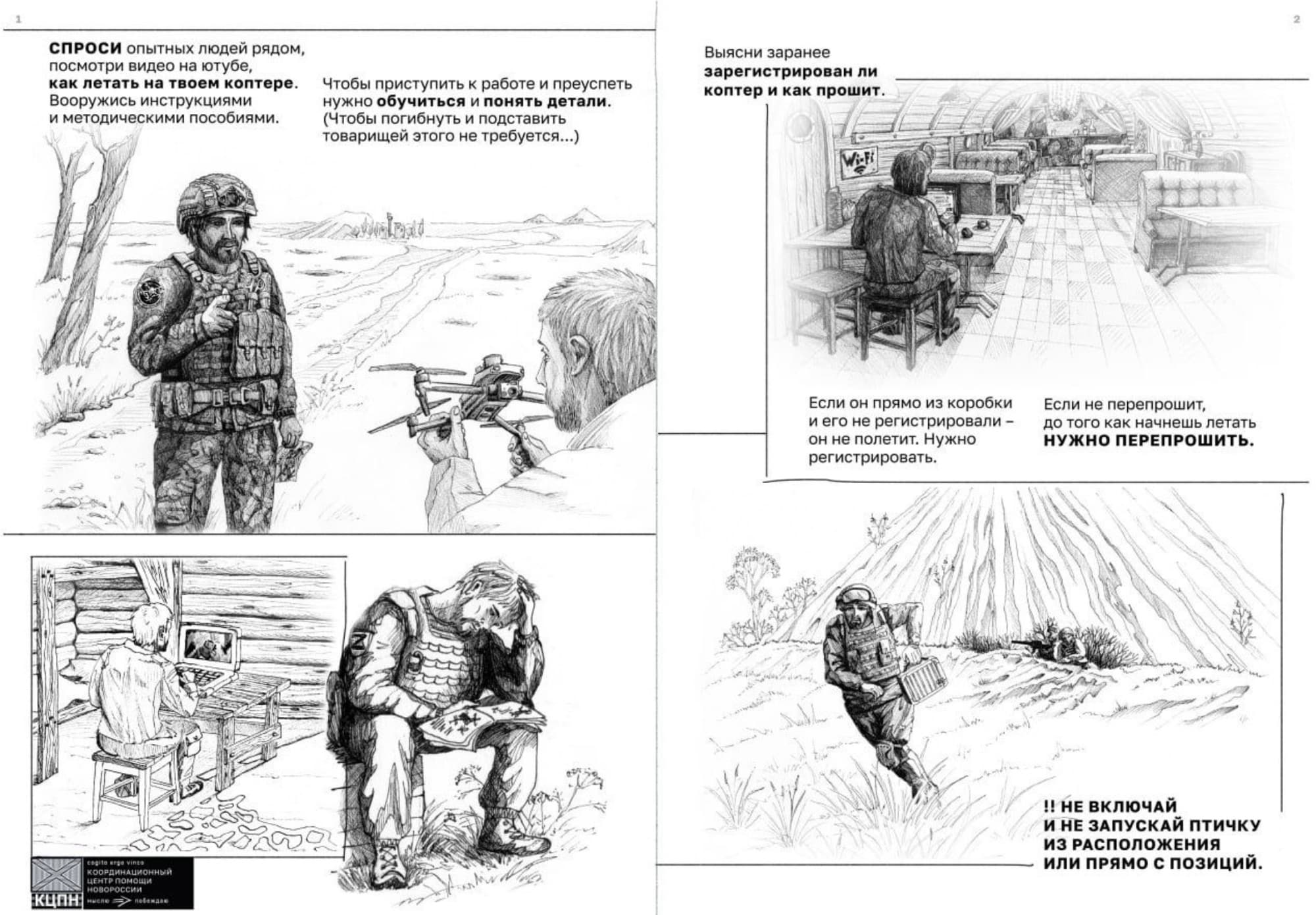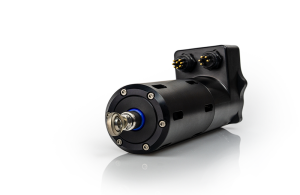Gentle Sticks! Russian Manual Links Drone Flight To Sex
Recently, a Russian military drone piloting manual surfaced, drawing attention for its unique blend of technical guidance and humorous analogies. Shared by Samuel Bendett from the Center for Naval Analyses on LinkedIn, this comic-styled guide, translated from Russian to English, emphasizes the necessity of preparation and gentle handling, intriguingly paralleling drone operation with intimacy. This article delves into the manual’s key teachings, focusing on the advice to be ‘gentle on the sticks’ while exploring its broader implications in both military and civilian drone piloting contexts.
A Unique Approach to Drone Training
The instructional guide adopts a comic-book format potentially aimed at soldiers with varying technical backgrounds. Covering essential preparation and flight steps, the manual features illustrations of soldiers to effectively convey practical advice in an informal, humorous tone. With references to ‘comrades’ and the suggestion to avoid launching drones directly from operational positions, it situates its lessons within a military context.
Intriguing Analogies and Key Lessons
A noteworthy aspect of the manual is its comparison between drone piloting and sexual intimacy. The guide underscores that both pursuits require careful preparation, learning, and a gentle touch to prevent adverse outcomes. This comparison emerges prominently through its directive to ‘manipulate the sticks smoothly, gently’, making technical content more engaging.
Preparation and Precision
The manual outlines several actionable steps critical for effective drone operation. Initial recommendations include consulting seasoned pilots, watching tutorial videos, and thoroughly studying manuals to grasp the drone’s mechanics. It humorously warns that neglecting these details could lead to grave consequences, highlighting the high stakes in military drone operations.
Pre-flight protocols feature prominently, stressing that the drone must be registered and its firmware updated—essential steps for functionality. Additionally, pilots are reminded to check battery levels and ensure the drone is placed on a flat, clean surface before flying, emphasizing common oversights among beginners.
When discussing flight techniques, the manual particularly stresses being gentle with the control sticks. The left stick governs altitude and rotation, while the right stick maneuvers forward, backward, and sideways. The guideline to ‘avoid jerking the sticks, manipulate them smoothly’ reinforces the intimate analogy: just as reckless behavior can harm personal connections, harsh controls can lead to drone crashes or mission failures. It advises starting with short flights to acclimatize to the sticks and experimenting with ATTI mode, which nullifies satellite assistance and requires careful manual control.
Technical Implications
Focusing on gentle handling aligns with the realities of drone operation, especially for FPV drones used in military contexts; they are sensitive to abrupt commands. Erratic movements can overstress motors or disrupt stability. For example, in ATTI mode, without GPS stabilization, pilots must adeptly counteract wind drift, further proving the need for smooth control to avoid mishaps.
Lessons for Civilian Operators
While tailored for military use, the manual’s lessons extend to civilian drone operators, including recreational pilots and professionals in industries like aerial photography or agriculture. The principle of gentle control is universally applicable, where abrupt maneuvers at any level could lead to poor outcomes. For instance, in aerial cinematography, smooth inputs are essential for capturing steady footage; a sudden jerk can ruin a shot just as easily as it can ruin a military mission.
The manual’s emphasis on preparation also mirrors best practices within the civilian drone industry. The Federal Aviation Administration (FAA) in the United States requires drone operators to register their devices and maintain updated firmware, paralleling the registration importance highlighted in the Russian guide. Regular pre-flight checks, like verifying battery strength and ensuring clear launch zones, are standard practices across various contexts.
Market Implications
The drone industry has experienced rapid expansion, valued at approximately $30 billion in 2023, with military applications continuing to drive investments. The manual’s accessible and engaging training approach reflects efforts to quickly equip soldiers in a technology-critical era of warfare.
However, the use of intimate analogies raises questions about cultural adaptability in training materials. What might resonate with certain audiences could seem unprofessional in others, especially where military and civilian training materials typically use formal language. This disparity underscores the need for culturally sensitive approaches in global drone education as technology becomes more integrated worldwide.
From a regulatory standpoint, the caution against launching drones from operational bases mirrors civilian safety protocols. In the U.S., the FAA mandates distance restrictions near airports and military facilities—aligning with the Russian manual’s caution against launching directly from entrenched positions, emphasizing the universal concern that drones can pose risks if mishandled.
Broader Infrastructure Needs
The manual also highlights broader infrastructure challenges in drone adoption. Effective training demands access to experienced pilots and resources, which might be limited in remote military installations. Civilian operators face similar issues, as hobbyists in rural areas may lack mentors or high-speed internet, and professionals may not access advanced simulator tools.
The focus on gentle operation advocates for improved training resources, including flight simulators that educate pilots on smooth inputs in real-world scenarios. While tools offered by manufacturers like DJI are valuable, advanced systems enabling pilots to practice in challenging conditions, such as wind effects and ATTI modes, remain essential.
A Universal Lesson in Care and Precision
The Russian drone manual combines technical guidance with playful analogies, drawing a compelling parallel between the delicate handling needed in drone operation and the careful approach required in intimate encounters. Its core message stresses the importance of approaching high-stakes tasks with precision, patience, and preparation—a sentiment that resonates with civilian pilots and industry professionals alike.
The insights derived from the manual call for engaging, accessible training resources that blend technical rigor with practical advice. Whether in a military setting or a cinematic environment, the principle of being ‘gentle on the sticks’ serves as a crucial reminder that precision and care are vital for successful drone operation. As technology develops, the methods for imparting its use must evolve, assuring that both military and civilian pilots can confidently navigate the skies.
Conclusion
The humor-infused analogies presented in the Russian manual illustrate a profound truth: mastering a skill requires not just knowledge but also finesse. For drone pilots, a gentle touch in controlling drones can be the difference between success and failure, be it in aerial missions or personal interactions.













